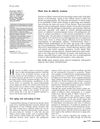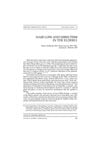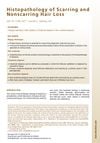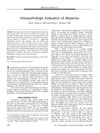Characterizing Hair Loss in the Elderly: An Observational Study of 163 Patients
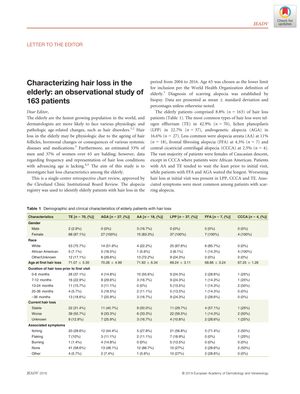
TLDR Hair loss in elderly people is often due to health issues and needs better diagnosis and treatment.
This observational study of 163 elderly patients found that the most common types of hair loss were telogen effluvium (42.9%), lichen planopilaris (22.7%), and androgenetic alopecia (16.6%). Most patients were Caucasian females, except for central cicatricial centrifugal alopecia, which was more common in African Americans. The study emphasized that hair loss in the elderly is often linked to systemic diseases, hormonal imbalances, and nutritional deficiencies, highlighting the need for integrative treatment approaches. It also noted that hair loss in the elderly is underrepresented in clinical and research settings, resulting in delayed diagnosis and treatment.

